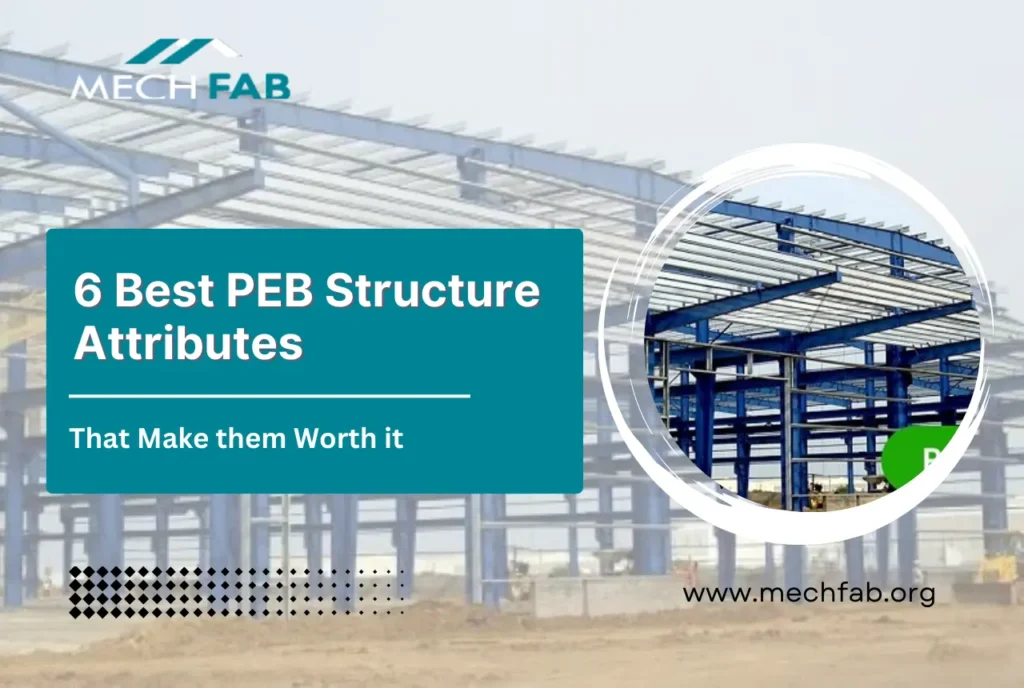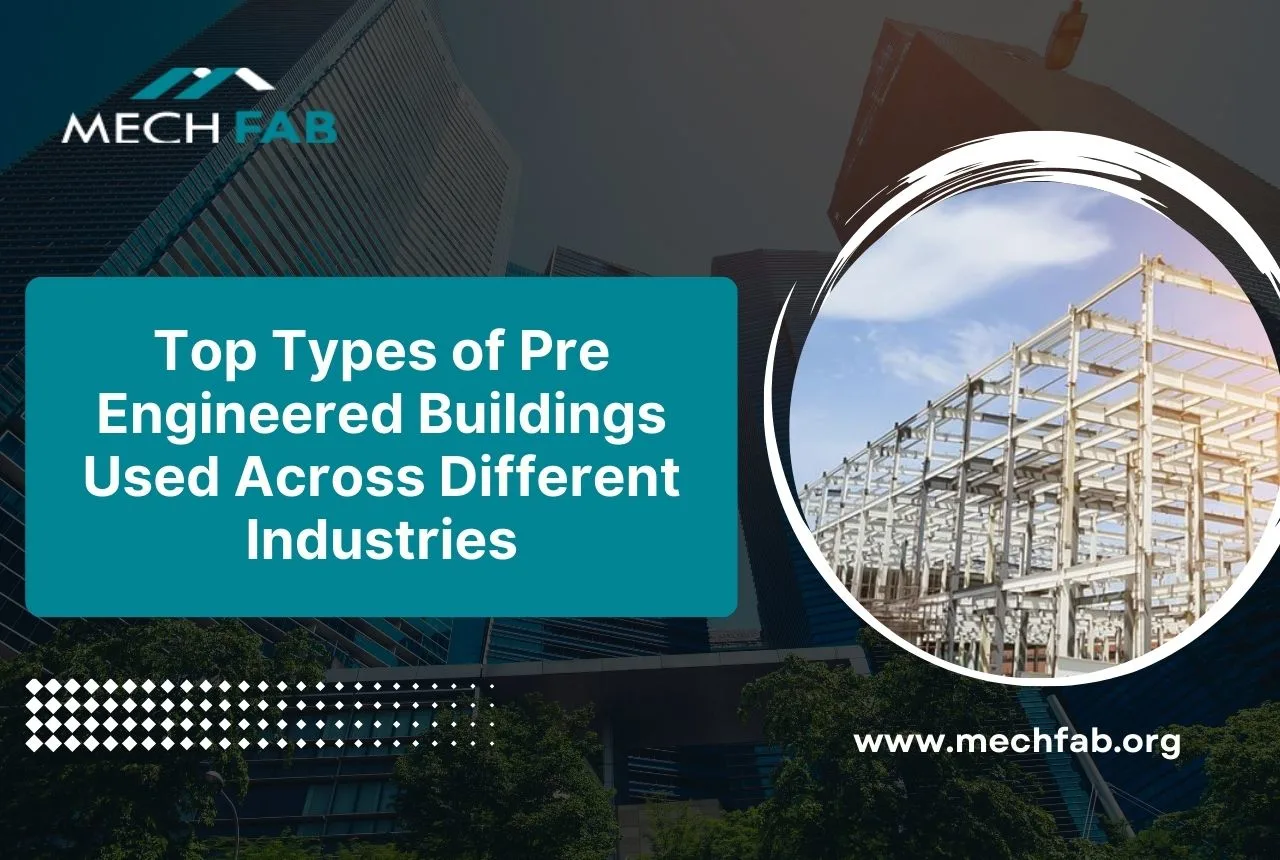There are different PEB structure attributes that make us wonder, how do these warehouses and factories go up so quickly? All these questions are answered by the integration of Pre-Engineered Buildings. The design structure of PEBs allows it to be manufactured off-site giving it the upper hand to be assembled seamlessly on location. There is a discussion about PEB structures, because of their efficiency and versatility and the multiple applications they provide. This guide delves into the numerous advantages of PEBs, making you a well-informed construction enthusiast!
PEB Structure Features that Make them Worth it
PEBs aren’t based nearby without any preparation; they’re fastidiously arranged in advance. The pre-designing interaction includes making point-by-point PC models to advance each part. This guarantees an ideal fit and limits shocks during gathering. A PEB’s centre parts resemble building blocks. The essential casing, regular steel segments, and shafts frame the skeleton. Optional outlining, such as purlins and girts, offers extra help. The outside shell is made of cladding, frequently metal sheets. At last, protection sandwiched between the cladding and the inside space directs temperature.
Pre-designing these components smoothes out development. Normalized parts are prepared for gathering, fundamentally decreasing form time contrasted with customary techniques. This means cost investment funds on work and venture timetables.
1. To Designing Open and Functional Spaces
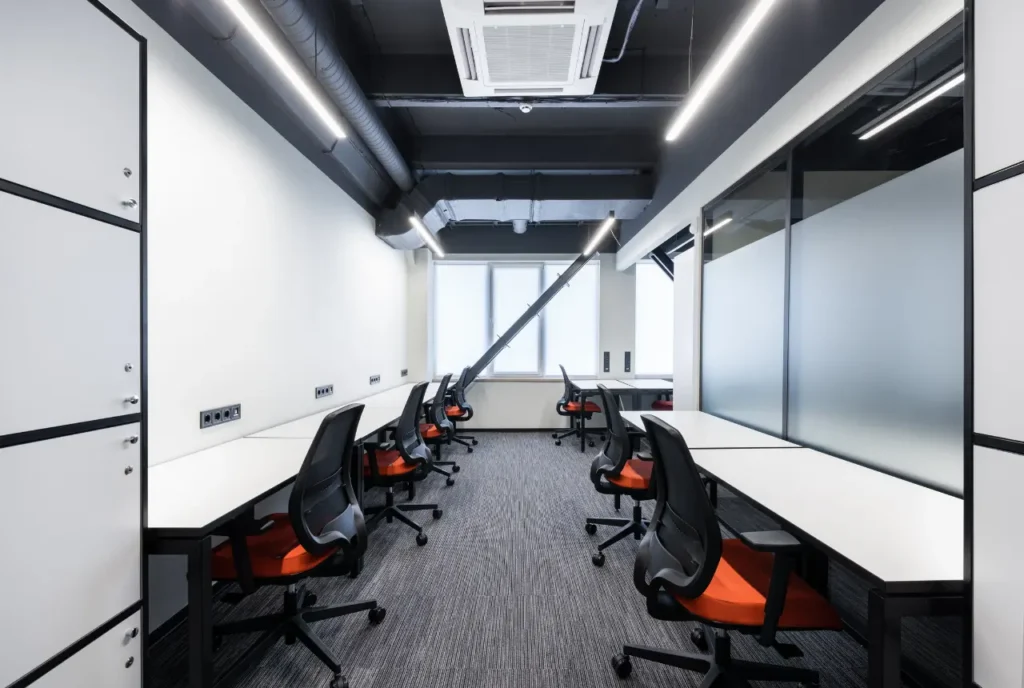
Envision a structure with an unhindered inside, liberated from segments or posts intruding on the stream. This is the magic of clear range, a plan idea that boosts usable space. In development, clear range alludes to the distance across a structure that can be spanned without help structures.PEBs succeed in clear range abilities contrasted with conventional techniques like cement or block. Steel, the essential material in PEBs, offers better strength than weight proportion. This considers longer ranges between upholds without compromising underlying honesty. The benefits of clear span design in PEBs are numerous:
- Flexibility: Continuous space considers total opportunity in an inside format. Walls and parcels can be set anyplace without agonizing over hindering help sections. This is great for distribution centers that need to adjust to changing stock necessities or plants that require explicit hardware arrangement.
- Improved Functionality: Without sections intruding on the work process, PEBs make a more proficient space. In processing plants, this can mean smoother creation lines. Distribution centers can streamline the capacity and development of merchandise.
- Enhanced Aesthetics: Enormous, open spaces create a feeling of breeziness and extensive size. This can be especially engaging for sports offices like indoor tennis courts or ball fields, where an unmistakable perspective on the whole playing region is alluring.
1. PEB clear spans find application in a variety of buildings:
- Warehouses: Store large equipment or maximize storage capacity with efficient racking systems.
- Factories: Design production lines with the optimal flow and adjust layouts as production needs to evolve.
- Sports Facilities: Create open playing areas for various sports activities.
2. How PEB structures are sustainable and efficient
Manageable structure rehearses are at this point not a specialty idea; they’re urgent for a greener future. PEB structures, frequently praised for their effectiveness, can likewise be heroes of manageability. How it’s done:
- Reused Steel: Steel, the foundation of PEBs, is one of the most recyclable development materials. Up to 98% of primary steel can be reused and reused, essentially diminishing the ecological effect.
- Energy Effectiveness: PEBs can be clad with superior execution protection, limiting intensity movement and decreasing energy utilization for warming or cooling a structure. This means lower functional expenses and a more modest carbon impression.
- Harnessing Natural Light: Decisively positioned bay windows can wash PEB insides in normal light, diminishing dependence on counterfeit lighting during the day. This recovers energy as well as makes a more brilliant, more charming workplace.
- Future Proof Design: PEBs offer intrinsic adaptability. Their plan can oblige future joining of feasible innovations like sunlight-based chargers on the rooftop or water collecting frameworks. This permits organizations to adjust their structures to advance maintainability rehearses.
Planning is necessary when building PEBs with sustainability. As sourcing steel for construction needs to be carefully looked after, responsible manufacturers with eco-conscious practices are the main key to guaranteed structural integrity. Additionally, considering the deconstruction process at the end of a PEB’s life cycle ensures the steel is recycled responsibly, minimizing waste. By embracing these maintainable elements, PEBs can add to a greener structure future, making them a convincing decision for naturally cognizant development projects.
3. Rapid Construction to Save Time
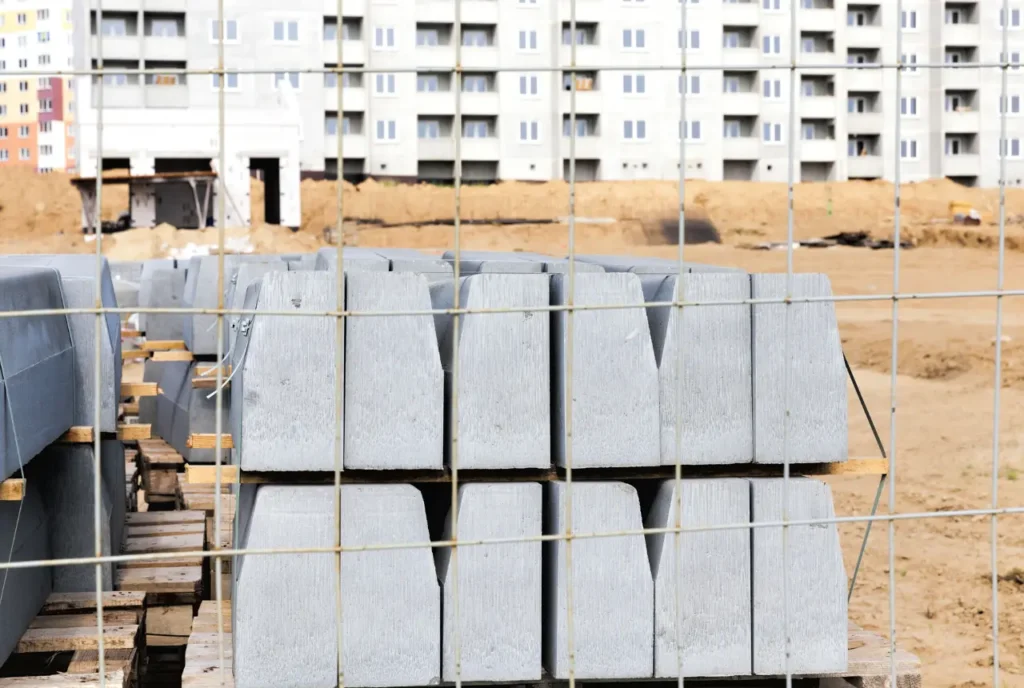
The known fact and figure of life is – time saved is money earned. Hence during construction, delaying projects can be a massive loss which impacts the budgets significantly. But that is where Pre-engineered buildings come in for the solutions that are needed for the remarkably rapid construction times. Let’s read how it is achieved by PEBs and how they are so efficient.
- Prefabricated Components – Prefabricated construction is pretty different from traditional construction. As in traditional construction, the required elements are built from scratch for building any type of structure. Whereas PEBs are renowned for using components that are pre-made and could be simply just installed. Ranging from pre-made beams, columns, and wall panels arrive ready for assembly, significantly reducing on-site work and expediting the overall process.
- Standardized Designs: When we think PEBs we think efficiency and that is exactly what it provides! PEBs leverage standardized designs that have been pre-engineered and further to improve the structural integrity, optimized for efficient construction. The entire process of prefabrication and construction has eliminated the possibility of extensive on-site modifications that give the entire process and streamlined approach.
- Reduced Labour Requirements: Yet again when we compare traditional vs PEB construction there are further more time advantages when it comes to time management. With the standardized designs and nature of prefabricated options, even less on-site labor force is needed. This translates to fewer workers needed, leading to faster completion and potentially lower labor costs.
Looking into the time utilization, the impact of PEB upon construction goes beyond just speed. By significantly reducing project timelines, PEBs offer substantial cost savings. Less time spent on construction translates to earlier occupancy, allowing businesses to start generating revenue sooner. Additionally, faster construction minimizes overhead costs associated with extended project durations, such as equipment rentals and site security.
4. Cost Efficiency is one of the important features of PEB structures
What is the top priority of anyone who is building a structure? The majority will tell you that completing the work by achieving the desired functionality without going beyond the budget means not breaking the bank. Hence PEB structures have essential features that offer a compelling solution, this attribute makes it a highly cost-effective alternative when compared to traditional construction methods. Let us take a look into the details –
- Efficient Material Use: Designed to minimize material waste, PEB is engineered for sustainability. There are multiple instances during traditional construction when adjustments lead to excess materials wastage. Hence to bypass the issue PEB utilizes the technique of precise calculations with standardized components, which combined results in a more cost-effective use of resources provided.
- Reduced Labor Costs: When it comes to speed nothing can surpass PEB construction as it directly reduces the labor costs when compared. Using prefabricated components that are equipped with standardized designs helps minimize on-site work, which positively leads to employing a smaller workforce that translates to shorter construction duration. The process makes saving money on the entire construction very significant.
- Lower Maintenance Requirements: When used, steel as a primary material works wonders for PEB structures. As steel is exceptionally durable with minimal maintenance needs. Now if we look into the traditional form of construction the materials used have massive disadvantages over steel. Steel is a superhero, as it is resistant to rot, pests, and fire, leading to less frequent and costly maintenance interventions throughout the building’s life cycle.
Past these center benefits, PEBs offer open doors for additional expense investment funds through customization. For example, consolidating bay windows or clear boards can upgrade regular sunshine, diminishing reliance on fake lighting and related energy costs.
5. Customization Options: Tailoring to Specific Needs
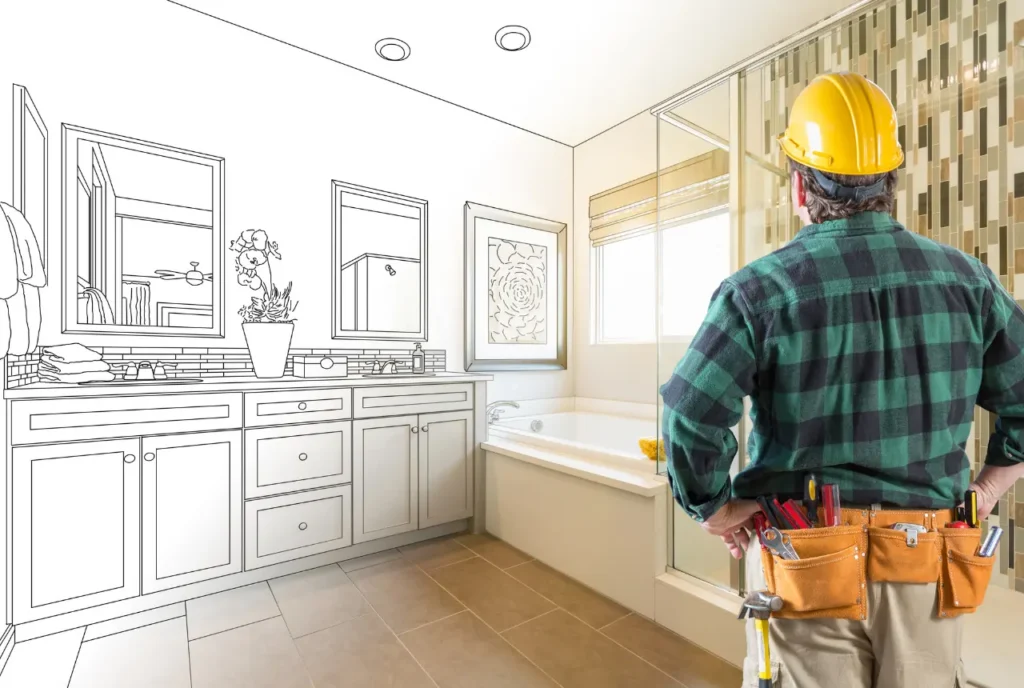
There are multiple misconceptions about PEBs as they only have and offer only one-size-fits-all design, which is false. If we look into reality, PEBs have multiple customization capabilities, which translates to tailoring the structures that would perfectly suit the specific needs and preferences of the one investing and building the structure. Let’s look at how PEBs offer design flexibility:
- Size and Design Varieties: PEBs are not restricted to pre-characterized sizes. The excellence lies in their particular plan, which considers changes long, width, and even level to oblige different purposes. Whether you require an extensive distribution center or a reduced studio, PEBs can be designed to meet your requirements. Furthermore, inside designs can be redone to streamline the work process and usefulness for your particular activities.
- Cladding Options: PEBs go past the standard metal box tasteful. An assortment of cladding choices are accessible, including metal boards, protected boards, and even block or stone facades. This permits you to accomplish the ideal visual allure while additionally considering factors like protection needs and ecological guidelines.
- Door and Window Placements: The key position of entryways and windows assumes a pivotal part in space usage and regular light. PEBs give the adaptability to tweak these positions to advance the work process, further develop openness, and expand regular light admission, possibly diminishing dependence on counterfeit lighting.
- Mezzanine Levels: Need extra usable space without growing the structure impression? PEBs can be intended to integrate mezzanine levels. These interior stages make significant additional room for workplaces, stockpiling, or concentrated activities, all inside the current construction.
When offering these types of customization options, there is no better option than PEBs. Pre-engineered buildings are known for making creations that perfectly reflect your vision and requirements of functionality. Maintaining legacy the one investing can achieve the desired aesthetics, optimize space utilization, and integrate features that enhance the specific operations. So, ditch the myth of a cookie-cutter design – PEBs offer the flexibility to tailor your structure and create a truly customized space.
6. Fire Safety Considerations in PEB Buildings

One of the biggest PEB structure attributes is the capacity to withstand certain emergencies like fire safety. This becomes paramount during any building construction, so when taken into consideration PEBs need to operate according to the same rules. Traditional materials like wood and other materials like concrete do not have inherent fire-resistant qualities like steel used in PEBs. And certain additional crucial measures can be taken for occupant safety and protection of the property. Steel has a high melting point, making it naturally more resistant to fire compared to combustible materials. However, prolonged exposure to extreme heat can compromise its structural integrity.To further enhance fire safety in PEBs, several measures are commonly employed:
- Fire-resistant coatings: Multiple coatings are applied to steel during any PEB structure construction. These coatings not only help to extend the structural stability of the building but also act as a heat barrier by delaying the rise in temperatures of steel hence protecting the entire building during a fire breakout.
- Fire Compartmentalization: While constructing a PEB structure the builders strategically place firewalls by creating compartments within the entire composition. This type of engineering brilliance helps to contain the fire by barricading it in a specific zone or area. Hence the spreading of the fire across different parts or even the entire building.
- Fire Alarm and Sprinkler Systems: When solving the issue of fire control, early detection, and suppression are vital in any fire safety plan. To evaluate safety, the builders typically equip PEBs with fire alarm systems that work to alert occupants, and also the sprinkler systems are technology modernized. The entire system works perfectly to extinguish or control an initial fire outbreak.
All the buildings need to follow and implement the crucial measures that fall according to local building codes and fire safety regulations. These guidelines lay out unambiguous necessities for imperviousness to fire evaluations, fire compartmentalization, and fire concealment frameworks in light of the structure’s size, inhabitance, and potential fire risks. By complying with these guidelines and integrating the fire well-being measures examined, PEB development can be free from any potential harm to the climate.
Takeaway
The introduction of PEBs has emerged as a very important and compelling construction solution. Now it’s easy to have this unique combination of speed, cost-effectiveness, and customizability. Their quick development means quicker project fruition and decreased costs. PEBs use materials productively and require negligible support, further adding to their monetary potential benefit.Regardless of their particular nature, PEBs offer striking plan adaptability to suit assorted needs. Also, steel development gives intrinsic imperviousness to fire, further improved by industry-standard fire security measures.

